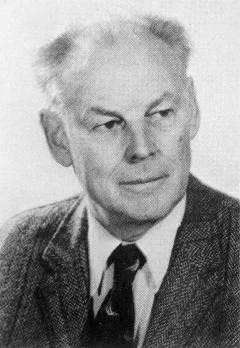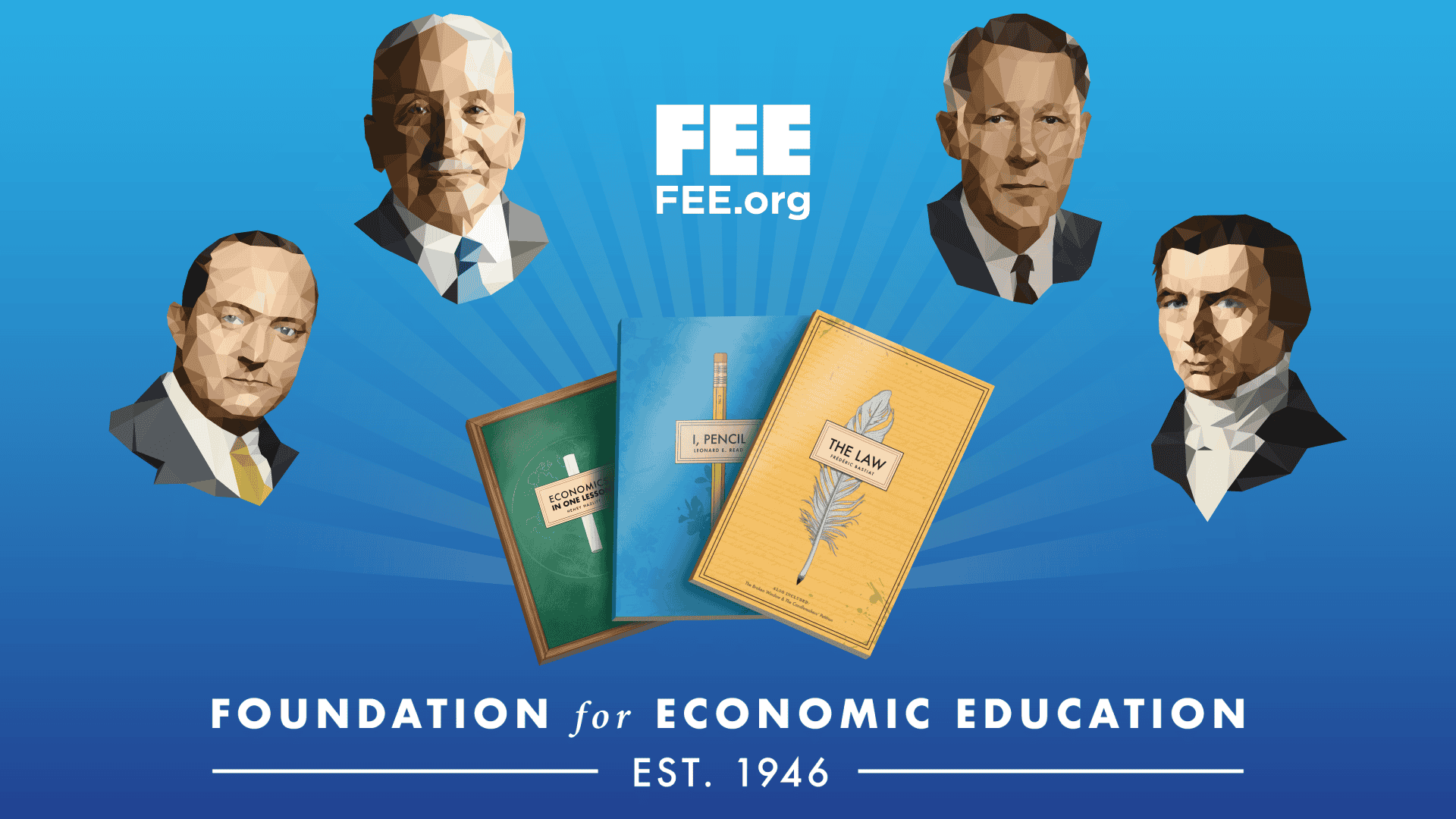Playing the percentages may let you down: a well-protected political candidate, for example, can be shot in a suburban shopping center by a kook trailing him from a distant city, which means there is no absolute safety anywhere. But David and Holly Franke, distressed by poll findings that one American in eight would like to move abroad to escape crime, drugs and long-distance busing to poor schools, decided to go by the percentages anyway. They got out the FBI crime reports, looked up the places with low rates of homicide and forcible rape, and wrote to a thousand promising U.S. communities for information about local conditions. Then they set out on an automobile tour of America to have a look at forty-six communities where it seemed that life might still be happy, tranquil, profitable and at least relatively free of the fear that the U.S. is doomed to a continuing steep decline.
The result of this unique odyssey is a gigantic volume of 932 pages, Safe Places (Arlington House, $13.95). The book is part narrative and description, part sociological analysis, and part encyclopedia. The easy reading alternates with the dry statistics of real estate offerings, job opportunities, teacher-pupil ratios, pub-lie tennis courts and all the other things that one must consider if one is to pull up stakes and make a move to a new place. Thus the book makes its appeal to two classes of reader, the person who wants an answer to the question of “Whither America?,” and the genuine seeker for a new life where he won’t be mugged or murdered if he takes a little stroll after dark. The first type of reader will skip much of the material that tells of such things as the availability of savings banks and the proximity of golf courses; the second type, with real commitments to make, will want to ponder every word.
Good News — and Bad
The good news of the Frankes’ book is that there are many spots throughout America that retain their beauty and their calm along with the opportunity to make good livings at interesting jobs. They can be found in New England, in towns such as Farmington, Connecticut, or Camden, Maine; in the Deep South along the Gulf Coast (Fairhope, Alabama, sounds absolutely delightful); in Arizona (the Flagstaff area); even in the supposedly flat Middle West (see Tiffin, Ohio, or Winona, Minnesota.) Surprisingly, there is a safe and lovely town within shouting distance of New York, as the Frankes learned by dalliance in Nutley, New Jersey. Highland or lowland, desert or four-season Northland, there are good places for all tastes in the continental U.S.
There are, nonetheless, disturbing factors that the Frankes make no attempt to hide. One particularly disconcerting thing about the book is the way the authors have to squirm to get away from the interweaving hippie and drug problems, which tend to be peripatetic. Our travelers blame the popularizing effects of TV and the return of college students for the fact that drugs are almost universally available. Another worry is the spill-back from California, which means that people are buying up the available properties and local businesses in Nevada, Oregon and Idaho, much to the dismay of Oregon’s Governor Tom McCall who wants to keep his State green and unpolluted. Florida and California both suffer from being too popular, and the drive of the American population into the Sun Belt could eventually inundate and spoil the southeastern corner of Texas, where the humus on alluvial lands runs 1,600 feet deep and the lemons are bigger than oranges.
Then there is the question of money: inflated currency may still buy good homes in Ogallala, Nebraska, and pay the one per cent city sales tax in Alpine, Texas, but how does the average pocketbook finance the search for safety in California? To the Frankes, California is still a most glamorous State. So it is with mournful honesty that they feel compelled to report that earthquakes are not the only things that menace the good life west of the Sierras. California, in fact, has replaced New York as the symbol of what has gone wrong with America. Looking hard, the Frankes singled out as safe places three California communities — Belvedere on the north shore of San Francisco Bay, St. Helena in the Napa Valley, and San Marino, a southern California enclave just off the Pasadena Freeway. All of these places have low crime rates, with no murders or forcible rapes occurring in any of them for the year 1969.
The Price May Be High
But to escape from San Francisco, which has a murder rate of 17.7 per 100,000 population, to a commuter’s heaven in Belvedere demands a bank president’s wad. Bayfront property in Belvedere starts at $90,000, “with $125,000 a more realistic estimate of what you would probably pay.” As a real estate agent put it to the Frankes, “Marin County is like a country club — if you can afford to pay the dues, it’s great.” The cost, then, of getting one’s children out of San Francisco, which fathered the Haight-Ashbury hippie culture, to safe Marin County is so far beyond most purses that it won’t bear thinking about. St. Helena in the Napa Valley is a better home buying prospect, but it is more than an hour from San Francisco where the jobs (save for grapes and truck crops) happen to be. As for San Marino, near Los Angeles, the citizens have had to be a most stalwart breed to support their unusual police department. There is a constant 24-hour surveillance of the whole community, with a strict “House Watch” service and tough zoning that prohibits certain types of business that might attract the attention of criminals. The police make checks every day at incalculable moments of all property that is empty. So, though San Marino is safe, it lives under a virtual state of seige.
Small Colleges Are Safer
Many of the places investigated by the Frankes happen to be college towns. But the rule is that a college must be small to add to the livability of a place. Moscow, Idaho, can “digest” the University of Idaho because the preponderance of its 6,000 students are in agriculture, business, engineering, law, mines, forestry, wild life, education and economics. Unlike the liberal arts students when they exceed a critical volume, the “aggies” and the business majors are serious types. Grinnell, Iowa, is another placid college town that has had no murders, forcible rapes or serious campus disturbances.
But, again, Grinnell is small and, with a faculty-student ratio of 1 to 10, its college is geared to rather intensive work.
For Freeman readers, the Frankes’ sidetrip from Grinnell to the Amana Colonies forty miles east of the town points an interesting moral. The Amana Colonies were created by an Old World sect known as the True Inspirationists. Of German, Swiss and Alsatian ancestry, the True Inspirationists held things in common and handed down their skills from father to son. But in 1932 they switched to free enterprise and separated church from state. The change has brought great prosperity without any diminishment of the local craftsmanship.
Safe Places is fascinating reporting, and the riches the book contains are far too numerous for citation in a short review. Whether you want to move for good, or merely want to travel, this is the book for you, and you, and you.
FREEDOM AND THE LAW by Bruno Leoni (Los Angeles: Nash Publishing Company, 1972, 204 pp., $7.50)
Reviewed by Tommy W. Rogers
Those who value individual freedom, suggests the late Professor Leoni, should reassess the place of the individual within the present legal system which is centered on and almost completely identified with legislation.
While many today pay lip service to the Romans and to the British for their legal wisdom, few realize how limited was the legislation and, consequently, how great the sphere of the individual in both Rome and England during the centuries when their respective legal systems were most flourishing and successful.
Both the Romans and the English, Leoni writes, shared the idea that the law is something to be discovered more than to be enacted, and that nobody is so powerful, or so righteous, as to insist that his own will be made the law of the land. Today, ordinary legislation and even constitutions and codes are presented, not as the result of an orderly historical process, but as a new approach, through unprecedented decisions, to what the law should be. Legislation has come to resemble a sort of dictate that the winning majorities impose upon the minorities. Leoni decries the current tendency to identify law exclusively with legislation and written statutes to the neglect of common law, custom, convention, tacit rules and private spontaneous adjustment. He deems it questionable that legislation should be used as a means of subjecting minorities. “It also seems unquestionable that we should reject the legislative process whenever it is possible for the individuals involved to obtain their group objectives without depending upon the decision of a group, and without actually constraining any other people to do what they would never do without constraint.”
Leoni maintains that blind acceptance of the contemporary legal point of view will lead to gradual destruction of individual freedom of choice in politics, the market, and private life. The contemporary legal point of view means the increasing substitution of group decisions — majority rule —for individual choices.
Leoni notes the semantic confusion in the words “freedom” and “constraint” and examines the relation of freedom to such concepts as the “rule of law,” “equality before the law,” and “representative government.” He discusses such topics as rent control, privileges and immunities granted to labor unions, and the general proliferation of statutory and administrative law.
Freedom and the Law grew out of Professor Leoni’s lectures at the Fifth Institute on Freedom and Competitive Enterprise at Claremont Men’s College in 1958. The current edition of the book (first published in 1961) is sponsored by the Institute for Humane Studies, Inc., Menlo Park, California.

